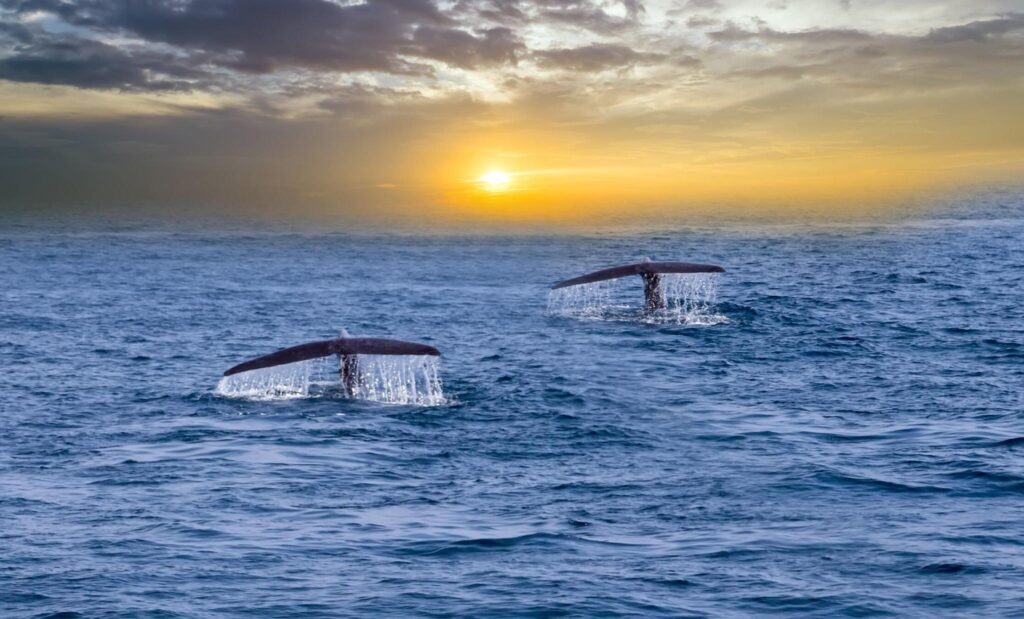
Sri Lanka is one of the best places in the world to witness the awe-inspiring blue whale, the largest animal to have ever lived on Earth. These gentle giants migrate through Sri Lankan waters, and whale watching enthusiasts flock to the island, particularly to destinations like Mirissa, Trincomalee, and Kalpitiya, for a chance to spot them.

Why Sri Lanka for Blue Whales?
Sri Lanka’s coastal waters are an important part of the migration route for blue whales, especially between December to April. During these months, the calm seas and favorable weather conditions make it easier to spot blue whales off the southern and eastern coasts. In fact, Sri Lanka is one of the few places on Earth where these massive creatures are regularly seen close to shore, making it a prime location for blue whale watching. The best time for whale watching in Mirissa, Sri Lanka, is from December to April. This period marks the peak season on Sri Lanka’s south coast, with ideal weather conditions and calm seas, making it perfect for spotting whales.
Whale Species to Spot in Mirissa
During peak season, Mirissa offers sightings of some of the ocean’s most incredible marine life:
- Blue Whales: The main attraction, blue whales are commonly spotted in the waters off Mirissa, especially between December and March.
- Sperm Whales: Seen occasionally, typically in the earlier part of the season.
- Bryde’s Whales and Fin Whales: Less common but possible to see.


Dolphins: Spinner dolphins, bottlenose dolphins, and sometimes Risso’s dolphins frequently accompany the boats, adding a playful touch to the experience.
Why November to April?
This time of year aligns with the dry season on Sri Lanka’s south coast, bringing clear skies and calm seas, which make it easier for tour operators to locate whales. Additionally, whale migration patterns during these months favor sightings along the south coast, offering visitors a good chance to encounter these giants up close.


Tips for Whale Watching in Mirissa
- Go Early: Most whale-watching tours start between 6–6.30 AM to take advantage of the calm morning seas, which increase the likelihood of successful sightings.
- Bring Sun Protection: Sunglasses, a hat, and sunscreen are essential as you’ll be exposed to the sun on the open ocean.
Prepare for Motion Sickness: If you’re prone to seasickness, consider taking motion sickness tablets before boarding.
Weather Considerations: Avoiding the Southwest Monsoon
The southwest monsoon from May to October brings rougher seas to Mirissa, which can make whale watching challenging or even unavailable due to safety and low visibility. Mirissa is known for offering one of the best blue whale watching experiences in the world, so if whale watching is on your bucket list, plan your visit between November and April to enjoy the best sightings and conditions.




